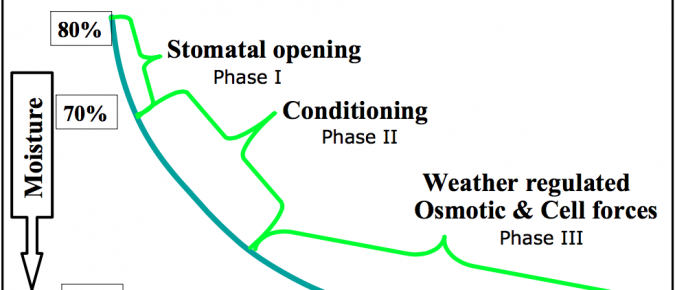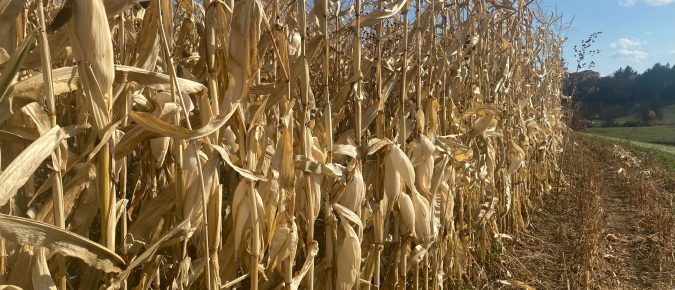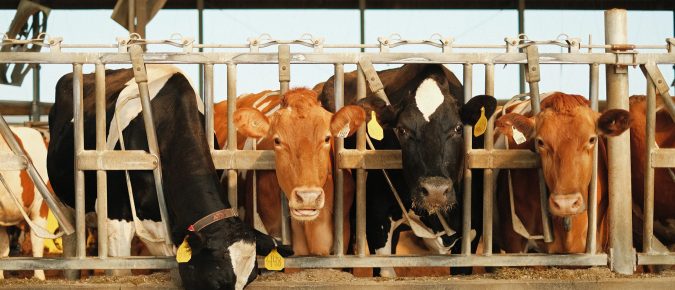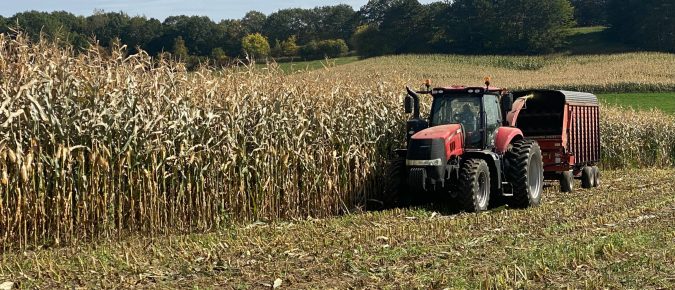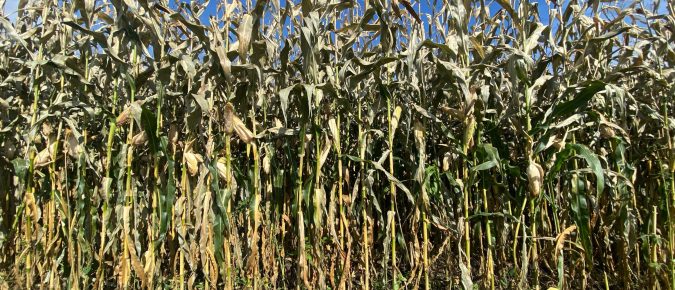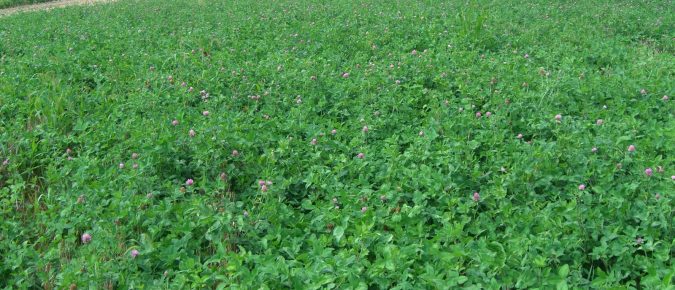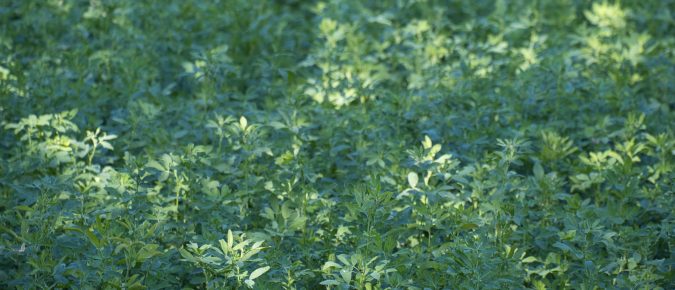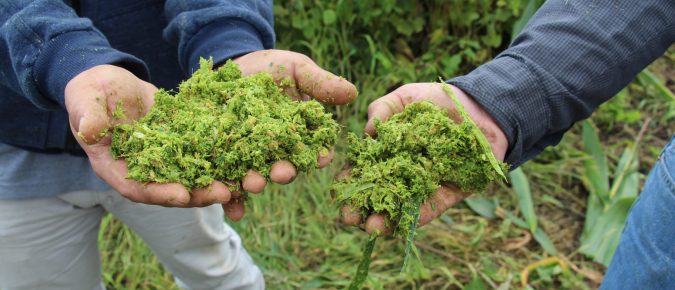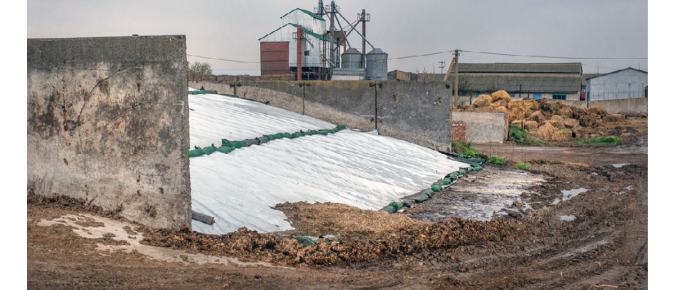If we understand and use the biology and physics of forage drying properly, not only does the hay dry faster and have less chance of being rained on, but the total digestible nutrients (TDN) of the harvested forage are higher
Pricing corn silage is a difficult decision because it often comes at a time when emotions between sellers and buyers are high. The seller has the opportunity to sell a corn field for either silage or grain and incorporate the fertilizer value of the stover back into the field. The buyer has the opportunity to buy a corn field for silage or buy grain from the market and purchase low quality straw (wheat or corn stover aftermath) to formulate rations.
Nitrate poisoning is a condition that may affect ruminants consuming certain forages or water that contains an excessive amount of nitrate. Horses are much less sensitive to nitrate toxicity since they are hindgut ferments and do not have a rumen.
Most dairy farmers do not have a drive-over scale available on their farms. Frequently it would be useful to know the weight of forage harvested from a field. Measuring alfalfa or corn silage yield is necessary to adjust management practices, to maintain crop inventories, and for crop reporting purposes.
The optimum crop to plant in an emergency forage situation should be determined by 1) when and how it will be utilized, 2) the forage quality needed, and 3) seed availability and cost.
What happens to corn silage yield and quality with later planting dates? The following is a summary of planting date trials conducted at Arlington, WI. The objective of these trials is to measure the impact of planting date on corn forage yield and quality.
Accurately determining corn whole plant moisture is important when harvesting for corn silage. Harvesting corn for silage too early (high moisture content) or too late (low moisture content) can affect forage yield, quality and silage fermentation.
Weed suppression can be important during alfalfa establishment as weeds can reduce stand life, alfalfa biomass, and forage quality. To reduce these impacts producers commonly apply herbicides to establishing alfalfa.
Alfalfa stands are typically terminated by herbicides in Wisconsin. While many options are available, combinations of 2,4-D and glyphosate are most commonly used.
Garnering much recent interest by dairy producers and their nutritionists has been a new method of harvesting whole-plant corn for silage. The resultant product has been called corn shredlage by the developer of the process Shredlage™
Plant sugars are fermented by anaerobic bacteria to organic acids which reduce the pH of the plant material. This process preserves the crop during long-term storage.

